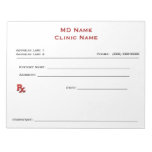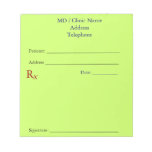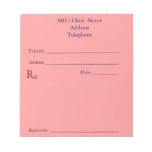"There isn't a lot of major direct research that links EHR use to physician burnout specifically, but we are convinced that excess time on the EHR is a huge risk factor for physician burnout," Pricco said at the annual Healthcare Information and Management Systems Society (HIMSS) conference, held this year in Las Vegas. "That’s what most have determined as well."
While there may be a lack of research that links EHR use and burnout, Paul DeChant, MD, deputy chief health officer at IBM Watson Health, said there is data that shows for every hour physicians are directly with a patient, they are spending two hours doing administrative work. Many physicians are spending one to two hours at home working in the EHR — known as pajama time . DeChant, a co-presenter with Pricco, said the issue of burnout is "eating away at the heart of [medical] practice."
At Gould Medical Group, Pricco wasn't content to let EHRs get in the way of physician contentment. The group looked at five areas where they could reduce frustrations with the EHR:
Initial training: Pricco said research into his organization concluded that "if you get it right at the beginning, it persists over time." Training physicians properly on the EHR at the onset will lead to higher satisfaction. Best practices, he said, are six hours of onboard training. At Gould, Pricco said they do four hours of classroom training and one week of at-the-elbow support. Another tip in initial training, he said, is to tailor training to an individual provider.
Custom Interfaces: In this regard, it's imperative that EHR interfaces are made to enable specialty-specific functionality. "While IT would love one-size-fits-all standardized format that's easy to manage, my advice is don't do that. We had that for a long time ; it became a major burden." He said they used a team of specialty docs, system analysts, EHR build experts, and vendor representatives to create interfaces that would optimize the EHR for the specialty doc. "The doctors were really engaged in the build of the EHR and their work flow. They were owners of this and it worked for them."
Visit Note Documentation: Since most of the EHR use time at Gould Medical Group was physicians documenting progress notes, this was an important area for improvement. The EHR was built with numerous methods for physicians to chart: dictation, voice recognition, template and keyboard, scribes, remote scribe technologies, or a combination. "We give everyone choice — you can do what you want, you can experiment with these various techniques and find the method that works best for you. We give people options. We don’t coerce them one way or another," he said.
In-Basket Management: For any message that comes from a patient to the physician, make sure it's pooled to the correct resources. If nurses and medical assistants can read and answer that question before it gets to the doc, Pricco said this will go a long way in alleviating physician stress. Also set up protocols so all of the pertinent information is included and there's no back and forth between the doc and patient.
Streamlined Governance: Streamlined governance on how to implement the EHR will lead to higher physician satisfaction, Pricco said. "If it takes five committees that takes two years to make one single change, that's obviously not a good thing," he noted.




No comments:
Post a Comment